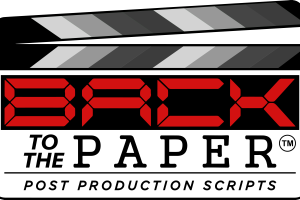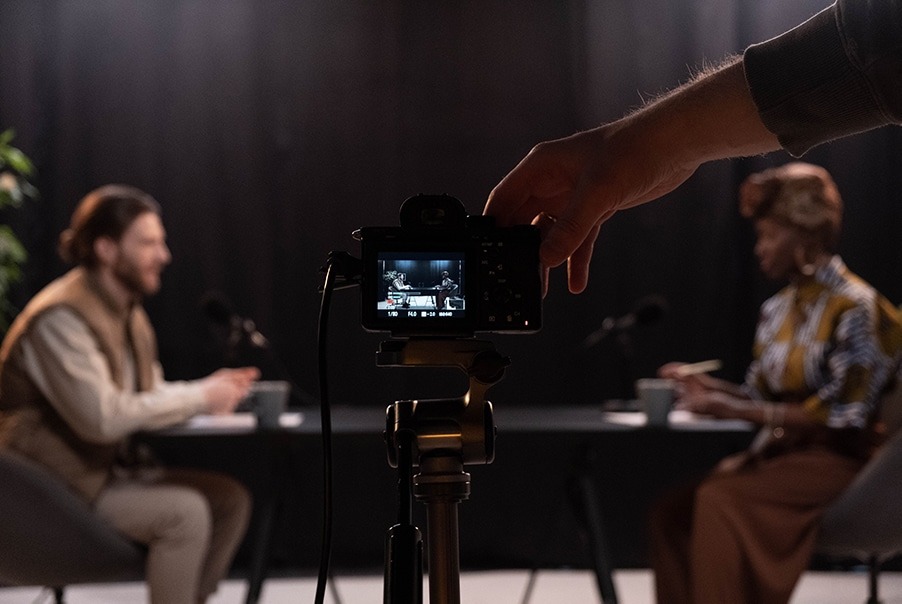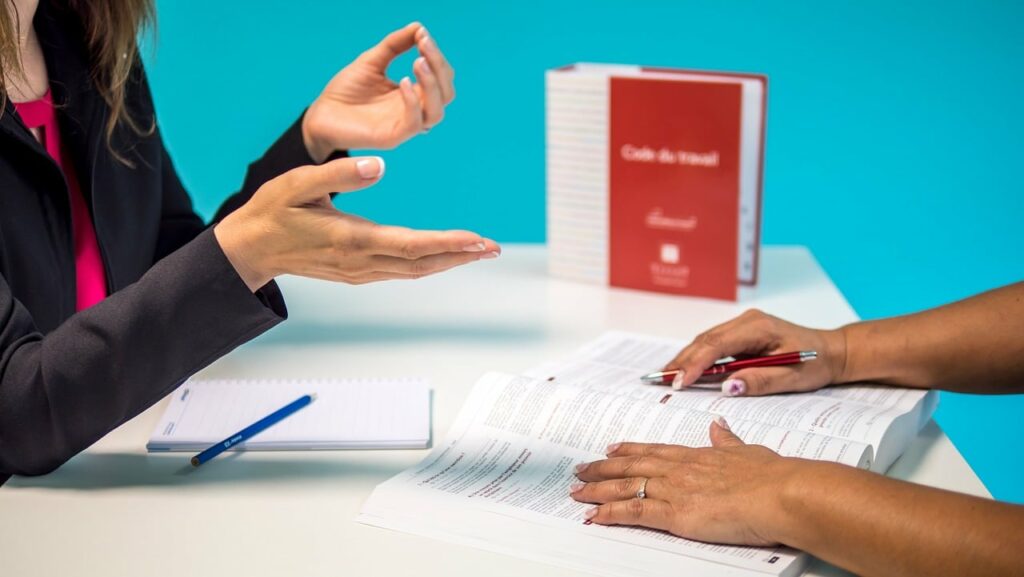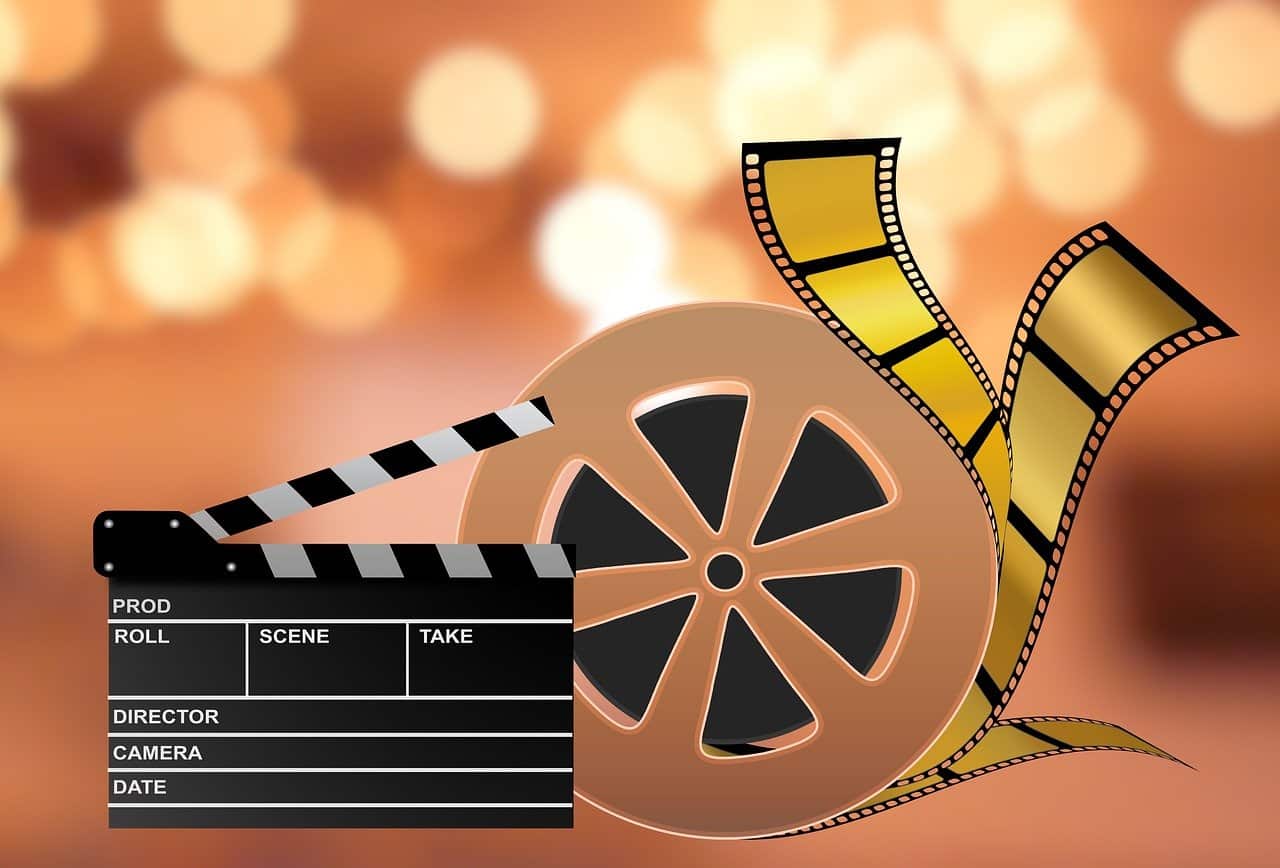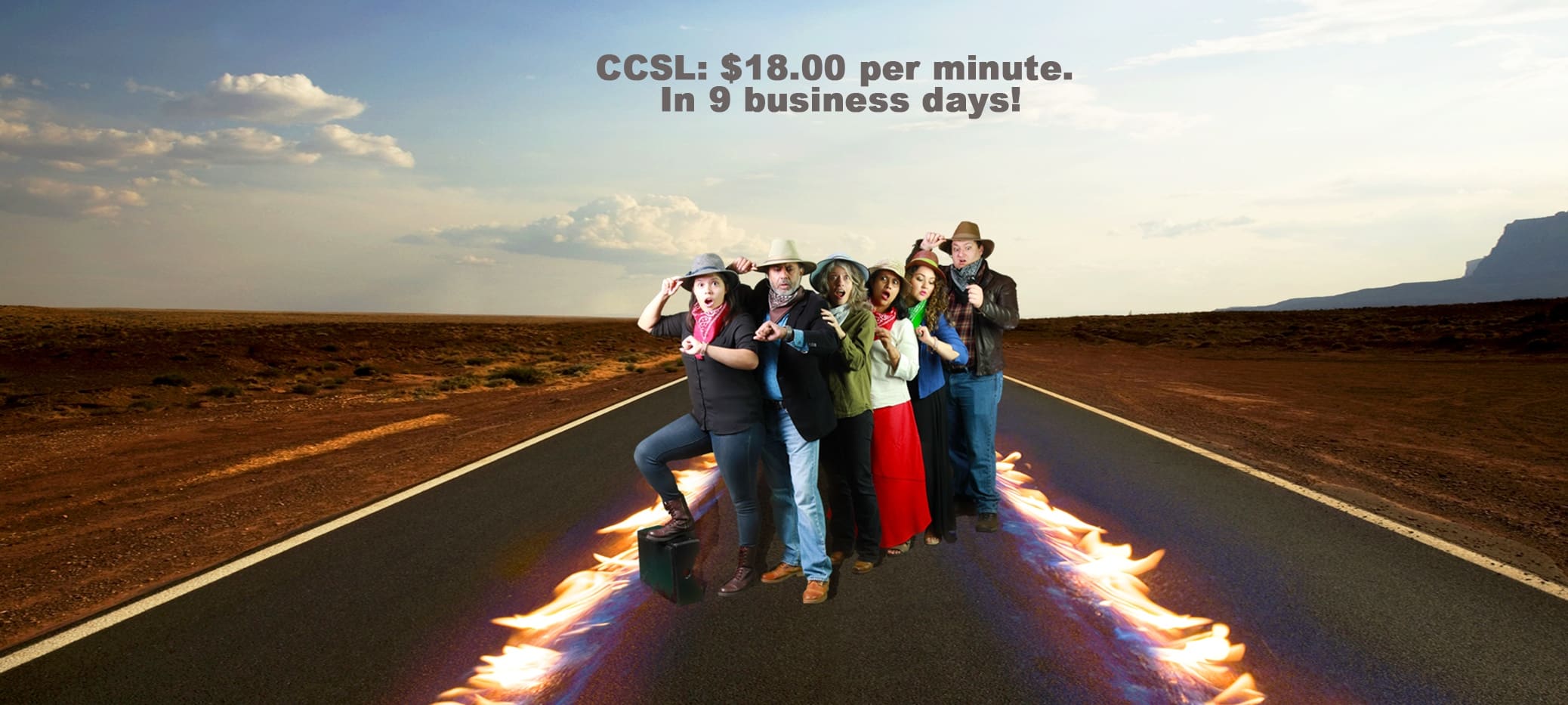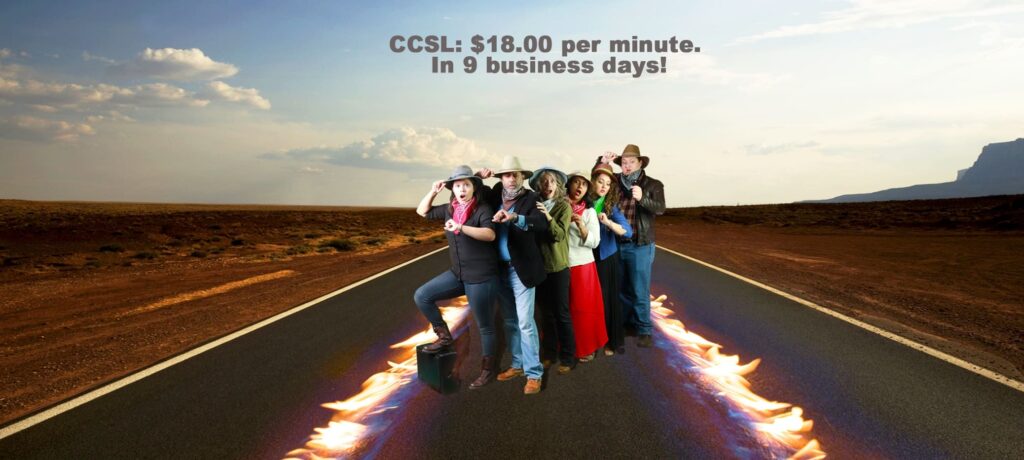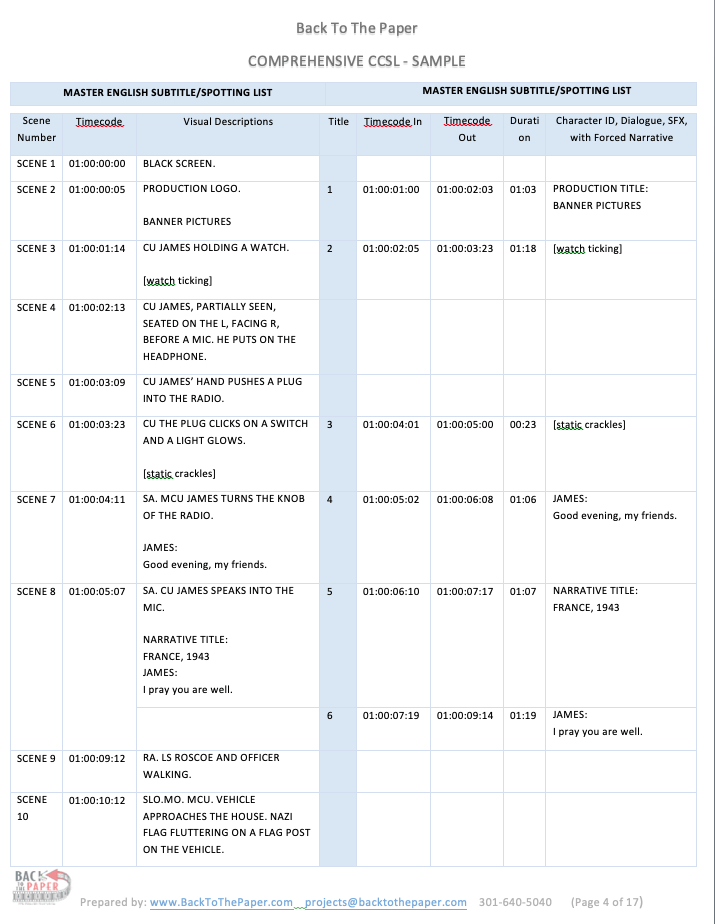Video content is the most popular and fastest-growing form of media today since people can easily share it online and view it on their mobile devices. Captions are likewise becoming commonplace, both for the hearing impaired and so that people can watch videos on mute.
Scriptwriting software is a market that is growing by more than 15%, which is evidence of just how popular video content is today. If you’re working out some captions, it’s important that you understand the different types of captioning available so that you can use software to your benefit.
These tips will teach you more about CCSL and CDSL, the benefits, and how you can make changes.
What Is CCSL?
CCSL is an acronym for Combined Continuity Spotting List. It refers to a detailed transcript of dialogue that is created for a piece of video content. This transcript is created in post-production so that networks and other broadcasting channels can take advantage of it.
Closed captioning launched in earnest in the mainstream in 1980, when major broadcast networks began using it. CCSL videos make it easy for someone to follow the dialogue for a program, and there are several benefits to exploring these options.
It Satisfies Legal Requirements
For mass-produced media, exploring CCSL options is important. Having a CCSL script helps to satisfy compliance and legal needs since you can count on the script being accurate and thorough.
The script will include all of the major elements of what appears on screen, making sure to match the audio presentation with the text. This accuracy is guaranteed since it comes direct from the source.
CCSL Streamlines Your Processes
By creating a CCSL, you will manage your continuity with more accuracy. Everything will be documented correctly and you will have a breakdown of every detail that you have to monitor.
Having this done in the form of an accurate checklist lets you coordinate efforts between several different departments without missing a beat.
You Can Lower Your Risks With CCSL
The importance of accuracy can’t be overstated when it comes to CCSL. This accuracy lowers risks and helps you reduce your business liabilities.
CCSL is a comprehensive way of handling your continuity and carves out details for the entire operation.
Making Changes to CCSL
The first thing to do when creating and making changes to a CCSL is to get detailed and organized. Make a list of your shots, the 2D or 3D visuals, dialogue, music score, sound effects, and other assets.
Create notes for every single aspect so that you are as descriptive as possible. This will keep your captions accurate and reliable. Take thorough technical notes and include them your software platform so they can help you as you go through your revisions.
What Is CDSL?
The Combined Dialogue and Spotting List (CDSL) is another way that subtitles are handled. They combine spotting and dialogue lists but do not contain visual elements.
There are several reasons why a CDSL could be just what you need.
It’s Heavily Dialogue-Focused
When you are releasing a piece of media that is dialogue-heavy, CDSL is a great idea. These scripts focus primarily on dialogue, so you can count on these parts of the script to be accurate.
Speakers are listed with every line of dialogue when these scripts are created.
The Process Becomes Easier for Creators
Having access to CDSL makes it easier for directors, talent, sound, and everyone in post-production to stay on the same page. They will have access to all of the information needed on the same sheet.
With all of this information listed in the same place, it can ease the process and give you the best chance to streamline your whole process.
You Get Accurate Timestamps and Lyrics
Since you’re interested in subtitles, you’ll be better able to handle your audio elements when you use CDSL. These scripts come equipped with accurate timestamps for every bit of dialogue that you are adding captions for.
These scripts also come with accurate song lyrics for the musical elements that you use.
Making Changes to CDSL
The most important part of CDSL creation and editing is making sure that you get character names and timestamps correctly. Compile all of these elements and go line by line when creating the dialogue for your script.
Make sure that your timestamps are accurate down to the millisecond so that it plays at the correct time as your video broadcasts.
Explore Your Video Options
Whether you need CCSL or CDSL services, always make sure that you find the company that can help you out the most. Learn more about their process, software, and experience in the industry so that you feel comfortable having them handle this work for you.
Prioritize accuracy and efficiency above all, and ask for examples of previous work that they’ve done. Make sure that you also explore your pricing options and that you get a quote for your upcoming project. This lets you know how much you need to factor in for your project and will let you move forward to streamline it in the way that makes the most sense for your production company.
Subtitles Made Simple
These tips clear things up if you need high-quality CCSL or CDSL services. It’s an important investment to make and one that requires the helping hand of the best professionals that you can find.
Back to the Paper Post Production Scripts can assist you with whatever services you’re looking for. For samples and pricing, contact us on our site or call 301-500-2123.
